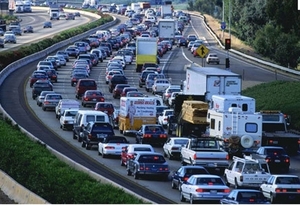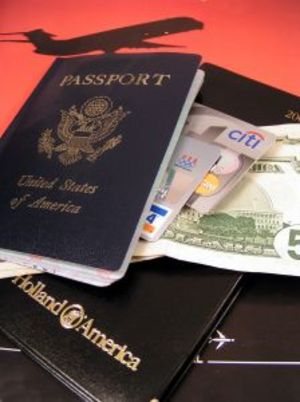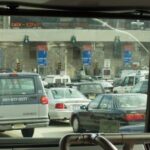New Toll Roads: What will be the Benefit?
The first time I drove the toll road 261 between Corona and Orange County I mentioned to my passenger that I wasn’t sure if it was fair. The passage fee is not entirely unmanageable for the one off trip but for a daily commute it can be quite a bite at more than $10.00 a day. In the greatest country in the world shouldn’t the roads be part of the benefit of citizenship.
I hold in my hand a brochure and a folded pocket guide to riding the new FasTrak lanes between the 605 freeway and downtown Los Angeles along the 10 freeway, and on the 110 freeway between down town Los Angeles and the 91 freeway. The toll will be no less than $0.25 and no more than $1.40 per mile. While these references are in Los Angeles I’m sure you can relate this to a freeway/highway near you.
At What Cost?
The brochure suggests that the average commute will cost $4.00 to $7.00. Round trip will be $8.00 to $14.00 per day, or between $40.00 and $70.00 per week, or $160.00 and $280.00 per month to travel the approximate 15 miles between the 605 and downtown Los Angeles on the average. However it could be as much as $42.00 one way if your commute is during high peak traffic when the fee is $1.40 per mile.
How to Budget?
There is no way to accurately budget for your new commute because rates will constantly flux based on flow of traffic. The slower traffic moves the more you will pay per mile. Consequently the times you will most want to use the new toll roads will be the times that are least affordable.
If the low end cost of the fast lane will not break your bank yet the high end will, you will have to budget both your money and your time in a manner you didn’t previously. To make your costs average on the low end you may need to leave earlier causing less sleep and more down time.
You may save 20 minutes on your commute one day at a cost of $8.00 round trip and adjust your time the next day to leave later only to find that it cost you $20.00 and you are late to work.
Solo drivers should be aware of adjustments to a later time of departure because if a solo driver adjusts their departure time to leave a little later they may find themselves tardy: If traffic begins to move too slowly, solo drivers will not be allowed to enter the lanes.
What Are The Benefits?
Who will the new lanes benefit? Will the new “Express Lanes” benefit everyone with decreased commute times as more people opt to pay, freeing up lanes for general traffic for everyone else, or will the new lanes cause additional congestion in the general lanes. Until now the carpool lanes could be used if a car held at least two passengers. Two passenger cars will now pay to ride these lanes. They will pay less than a solo driver but they will still have to pay. Will the two passenger cars continue to use the “Express Lanes” for a fee or will those commuters who cannot afford to pay the toll now be in the general lanes?
Who Will Benefit?
Whether or not every commuter in these stretches of freeway will benefit from these new lanes remains to be seen. I think most of us, when sitting in traffic watching those that are carpooling speed past us as we inch along, justify the inequity because the carpoolers teamed up and took one or more cars out of the general lanes for each car speeding by.
Under normal circumstances envy rather than bitterness and resentment may be conjured when a Toyota driver sees a Porsche drive by. Will bitterness replace the envy as that Porsche speeds past in a lane the driver of the Toyota cannot afford? It’s one thing to see inequities around us and let it pass, it is another thing to witness the inequity as it speeds past you while you travel too far, for a job that doesn’t pay enough, yet you go so that your family can remain warm and fed because a closer, higher paying job cannot be found.
It is doubtful that the toll roads will alleviate traffic from the general lanes and any benefit to those who cannot afford the toll roads is unlikely to be noticed. The gradient fee for the toll roads is a rather transparent measure of assurance that those higher income bracket drivers will not be burdened by heavy traffic in their lanes. My issue is not that I would be excluded from the new FastTrak lanes; I’m in an upper income bracket. My issue is the ever expanding divide between those that can and those that can’t.




